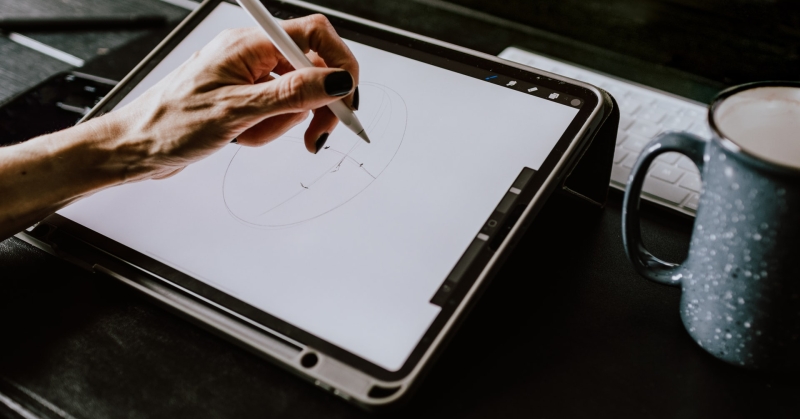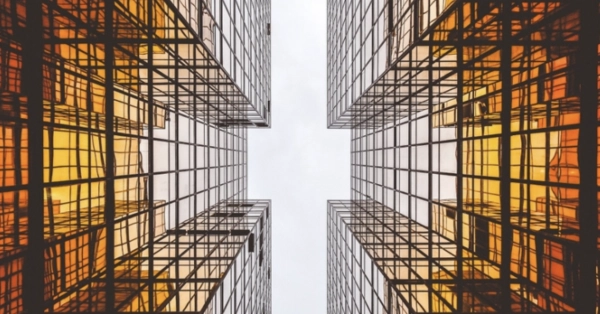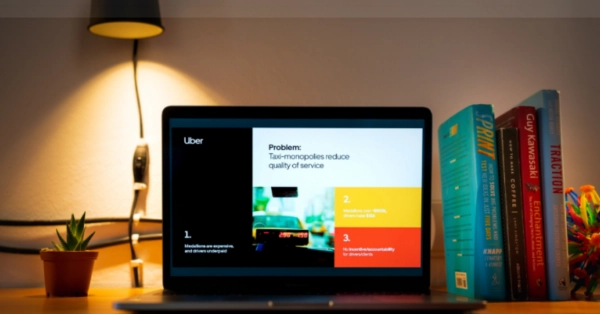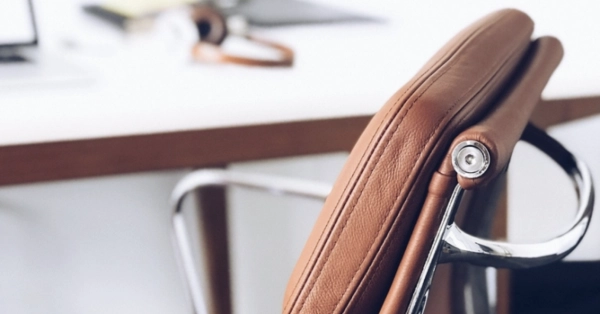Today's audience may stay up to date on cultural events and purchase tickets using digital technologies. Reading a newspaper or a novel, listening to music, or watching a movie online is becoming more frequent.

Going digital with your artworks
Digitalisation has given artists and creative individuals new tools and ways of expressing themselves. Architects and designers, for example, benefit from specialized programs. Photographic and filmmaking equipment, digital/electronic musical instruments, music composition tools, and digital technology are all used by artists to create visual art, 3D print sculptures, and immersive or interactive works of art.
In the 1950s, the first attempts to employ machines/robots to create or aid in the creation of works of art were made. While AI was designed to replace humans in mundane and repetitive work, it has lately been introduced to AI-composed music, AI-created visual art, and AI-co-written film scripts or books.
Such AI applications pose a slew of concerns regarding the creative process, human nature, the potential of AI as a creative tool, and the limitations of AI-assisted autonomous production. It's both exciting and terrible to think about.
How to digitize culture
Digital technologies open up new avenues for preserving cultural content and making cultural heritage more accessible to a wider range of people. Museums and cultural institutions that embrace technology may provide unique visitor experiences, as well as allow the public to see exhibitions remotely and examine the content that isn't on the show.
Digital technology and the internet have given cultural heritage a fresh lease of life. Citizens can now access cultural content over the internet.
Cultural heritage places are being brought back to life by new technology. Visitors to virtual museums can examine art pieces in context and interact with things or venues that are otherwise unavailable to the general public.
When it comes to exhibits, plays, ballet, and opera, digital art also incorporates new art experiences; virtual reality has become the primary instrument used to design such encounters. We may now sit on a living room couch and be in the thick of a Vivaldi concert at the Fenice in Venice or surrounded by a Van Gogh painting. We may now sit alone in front of the art and experience what it's like to be in the midst of creation.
Many major museums are attempting to capitalize on this technological shift by digitizing their collections and archives in 3D, a new and effective marketing tool. They will be able to provide clients with simple access to their collection if they have an internet connection. That means you'll be able to get a close look at the Mona Lisa without being distracted by other tourists or study Michelangelo's David sculpture in depth.
Here are some examples to help you
1. Digital solution: Web publishing platforms for museums
How it helps: Museums can use web publishing platforms to publish collections and exhibitions online.
Key uses:
- Simple process for launching exhibitions online, without coding knowledge.
- Ability to catalogue museum and archival collections.
- Ability to add further functions through plugins, e.g. allowing users to tag favourites
2. Digital solution: Accessibility tools
How it helps: Digital technology can be leveraged to make inclusion a priority. Accessibility should be a standard feature of product offerings. For example, arts and culture content can be made accessible to audiences in their own languages, and to audiences who are visually or hearing impaired. Innovations to consider include Google Translate’s transcription feature.
Key uses:
- Live translation of performances into different languages via audio, or subtitles that appear on-screen.
- Artworks customised for the visually impaired that emphasise audio and tactile features.
3. Digital solution: Digital art
How it helps: Digital art leverages digital technology to produce and present art.
Key uses:
- Computer-generated, e.g. algorithmic art
- Digital art installations that are immersive, involving features such as live video capture
- Digital painting
- Electronic art
4. Digital solution: Artificial Intelligence
How it helps: With AI, human creativity in artistic creation is complemented and enhanced through the intelligence of machines.
Key uses:
- AI-generated art that complements human creativity
- AI choreography to streamline and enhance performing arts productions
- Music composed by AI to streamline and add further diversity to compositions and artistic productions
- Literary arts and text created by AI to add to the creative process
- Generative design: AI drives designs based on requirements specified by humans.
5. Digital solution: Augmented Reality (AR) exhibition
How it helps: With AR, real-world objects in exhibitions are enhanced by computer-generated inputs. Tools to consider include Artivive and Adobe Aero.
Key uses:
- Enhances users’ real-world experience in an exhibition across different sensory modalities
- Exhibits in museums could come to life as visitors view them through their camera phones
- Deepens audience engagement with art works, e.g. giving audiences the ability to colour or sketch
- Facilitates navigation, such as when navigational guides appear on your phone screen in museums or festivals
In times of confinement, museums, opera houses, and tourist sites all across Europe and the world are making more and more content available online to make self-isolation and social distance more pleasurable and calming for everyone.























